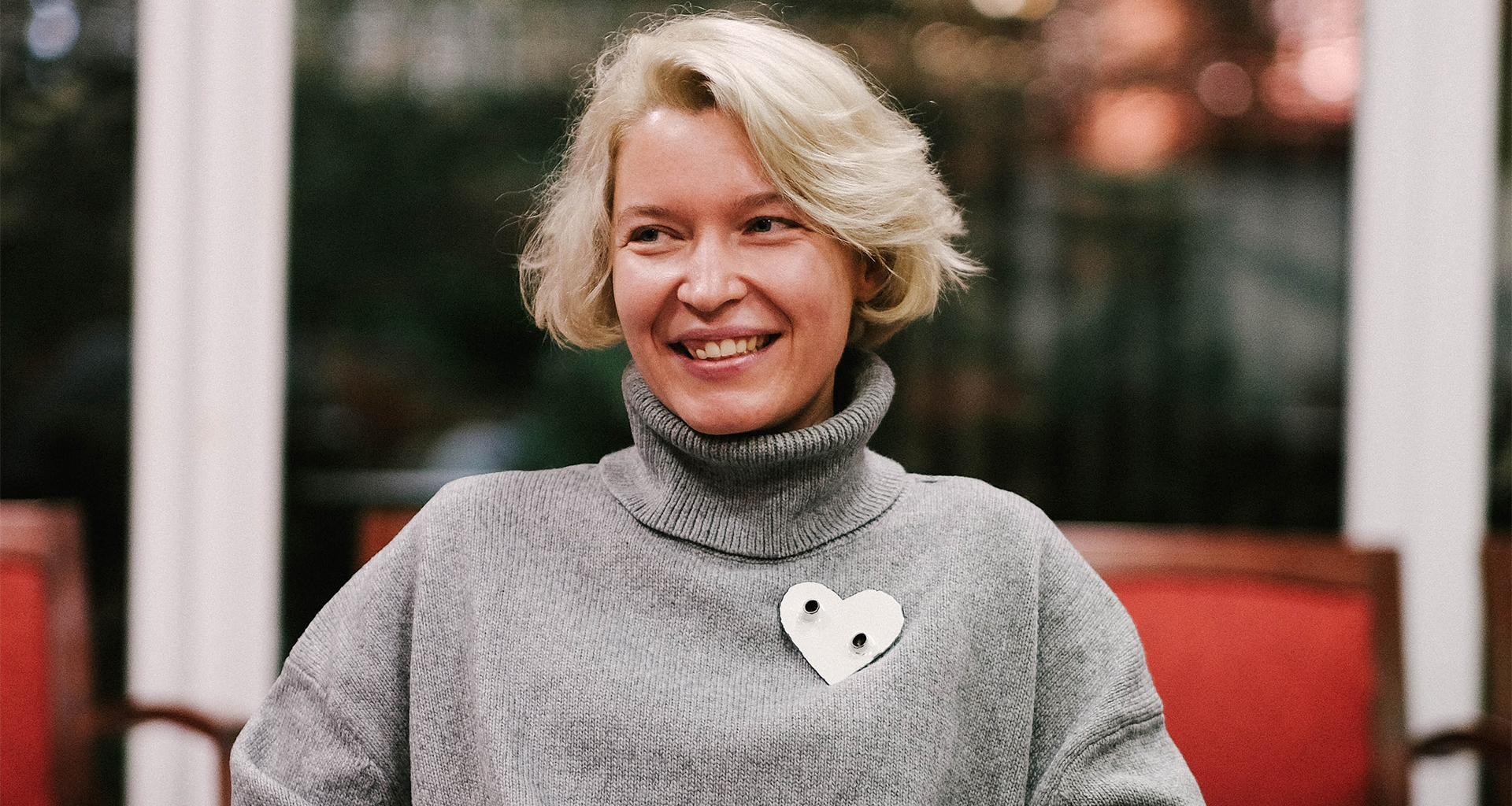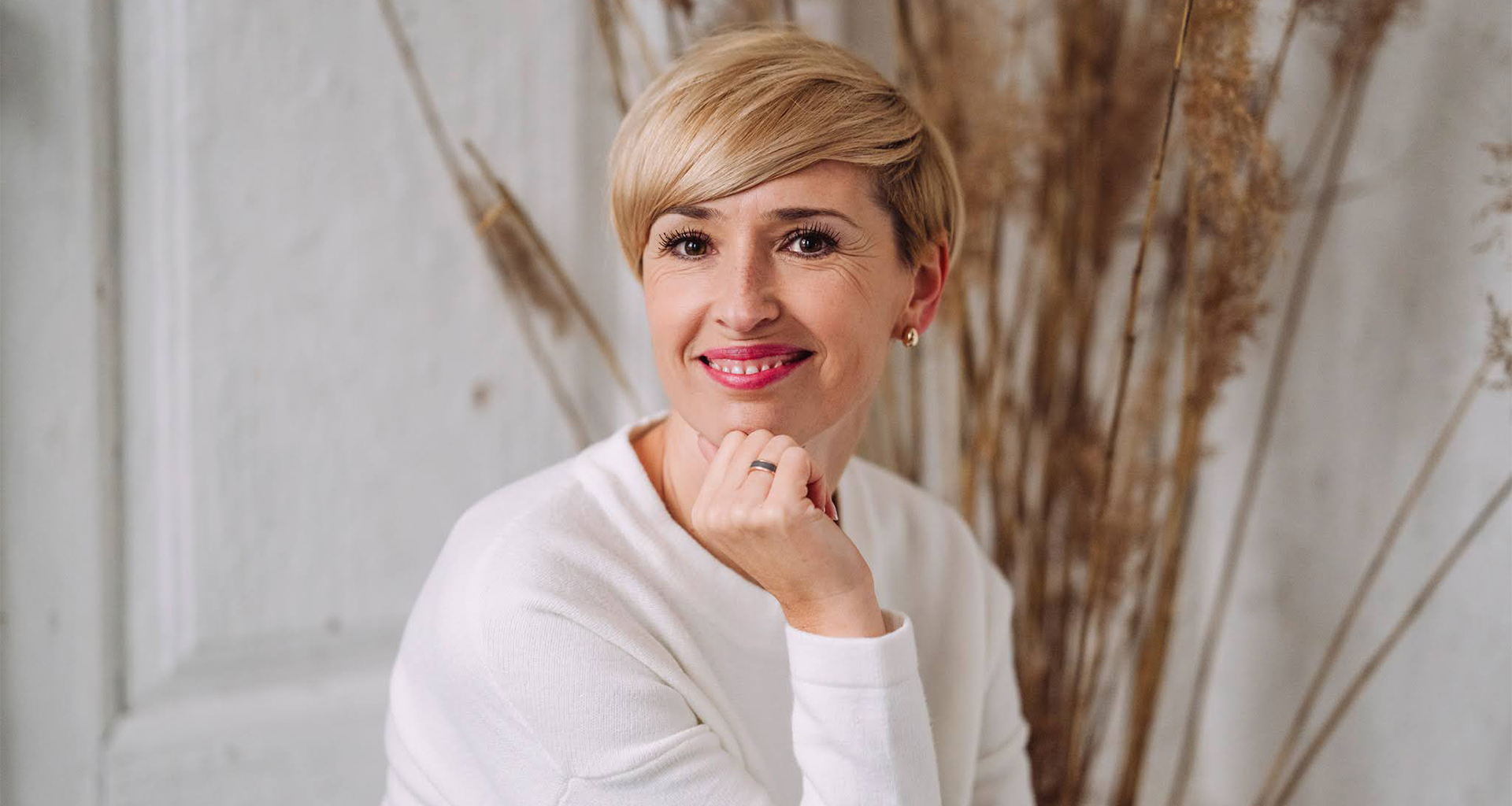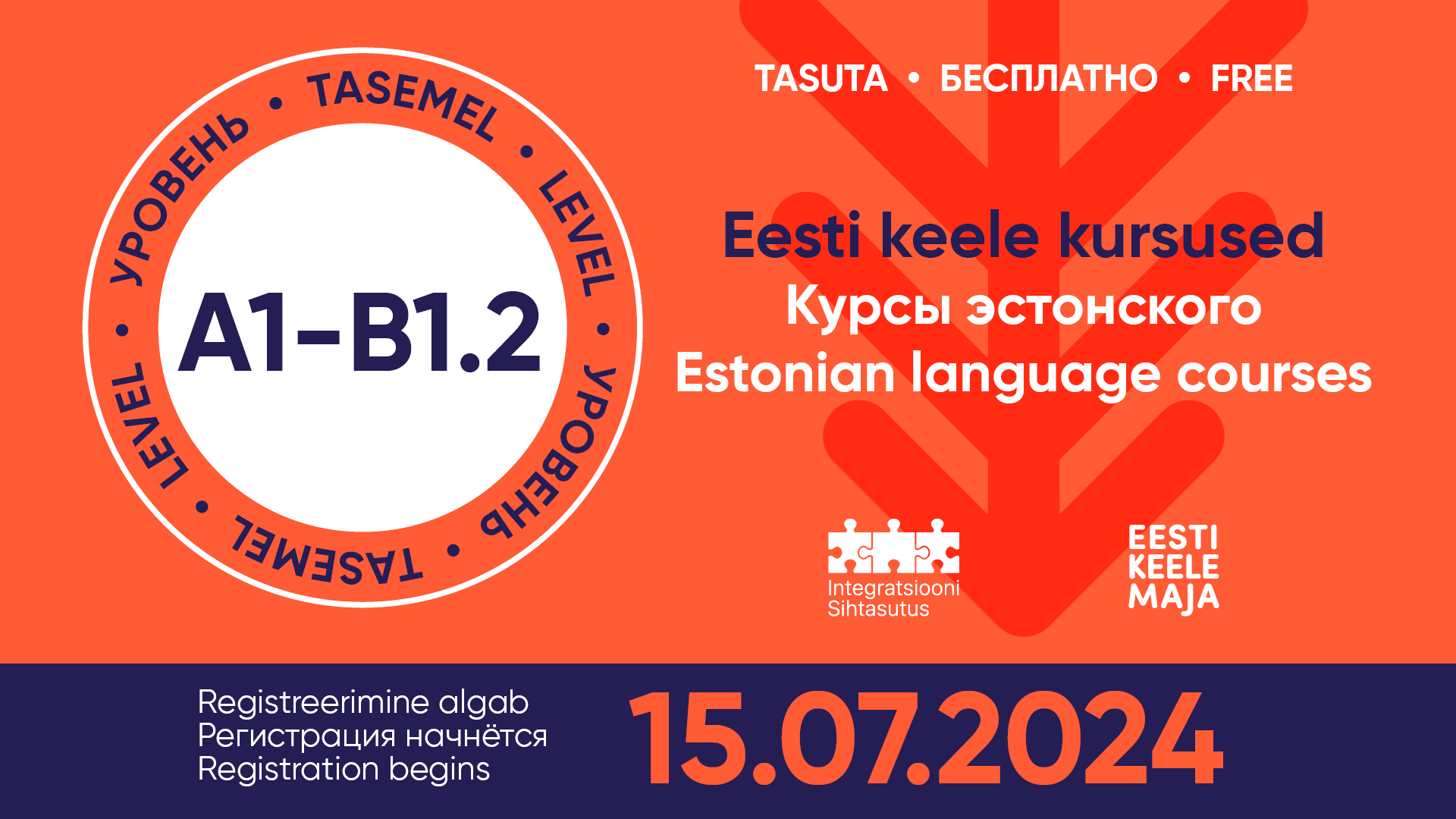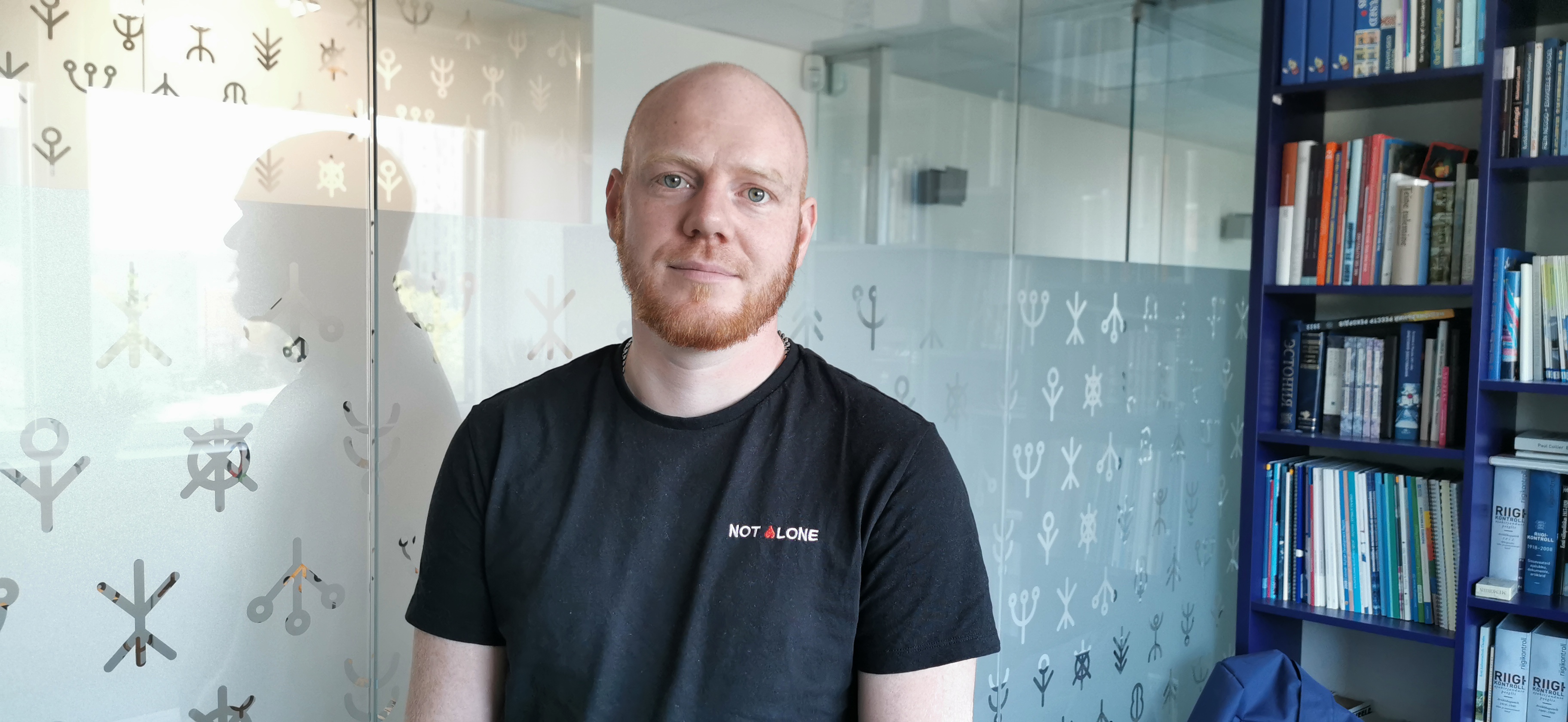TikToker Uwanma Odefa arrived in Tallinn at the peak of the COVID-19 pandemic back in September 2021. She learned quickly that greeting random people on the streets was not a thing for Estonians but they love communicating once they are behind the screen.
Who are you and how did you get to Estonia?
I am from Nigeria. I am a bit of a traveller. I go on trips every year, sometimes twice a year. Sometimes I go to Europe when it is cold in the winter. Nigeria is too hot for me. Traveling is the best form of education.
I always knew that at some point I would love to live and work in another country, preferably in Europe. Then covid happened and it seemed as if the world was about to end. I was thinking that I had this dream and I had not done anything about it and that is when I started seriously looking.
I knew it would be Europe. I did not want a country that is loud and very popular or too involved in global politics and all that drama. I wanted a country that held certain values. A small country. (There are at least 222 million people living in Nigeria.) A country that speaks some English.
A friend of mine was about to move to Estonia. Cool. All this digital stuff. Not too populated. I had never been to Estonia, although I had been to Europe. I had never heard of Estonia. I had heard of Slovenia, Slovakia, Croatia… but never of Estonia.
I did some research and decided that I will go for it. I started looking for a job. I also wanted to go back to school and do a master’s programme. I wanted to go to Estonian Business School. I did not go there. I went to Mainor instead. A lot of teachers are experts in their field. They are teaching from a real-life perspective. I applied, got an offer, and packed my suitcases. I arrived here 2021 in September.
Why did you choose to learn Estonian?
I wanted to learn Estonian to be able to speak to local people and make friends. We had Estonian language classes in university; it was compulsory. We had the most amazing teacher and she was very patient and it made the class engaging for me and then I had an interest in learning.
I started to learn Estonian in 2022 at school. I did not know about the Settle in Estonia language programme.
I did TikTok live streams and videos. I learned that Estonians are friendly when they are behind the screen. People started to greet me in the shop and on the street.
Then my A1 level classes ended. I tried to find A2 classes in the summer of 2023. I followed the SIE Facebook page. I did not find classes that were suitable for me at the time. My DRP visa had expired. I was looking for a job. And then I wrote to Settle in Estonia and they said ’Send us the A1 certificate!’ They said I cannot learn while I do not have DRP. Then I paid for private lessons; it was quite pricey. In November 2023, I got a job. In February, I got the card and I went back to Settle in Estonia.
I would have preferred learning in person but now I am doing my A2 online. The first teacher set the bar very high.
What do you like about Estonia?
Public services are very easy, accessible, and quick.
We had a lecturer at the university who asked ‘What are you doing here? It is cold, it is dark. ‘I'm like yeah, but life is not just about weather; there is more. For people like us, we have seen sunshine for 30+ years of our lives from January to December. It gets boring.
But sometimes, it is just this crazy wet weather and no sunshine for months here. Just bring your own sunshine or whatever you like!
I remember the dean telling the students, ‘We do not get close to strangers. It is not about you or about you being foreigners. We just like to keep our distance from people, and we do not warm up to people until we review that connection.’ I feel that it makes communication more authentic because if Estonians consider you a friend, it means that you are a true friend.
How has the adaptation process been for you in Estonia? Have the locals welcomed you well?
I have had a few racist comments in Estonia but I do not want to dwell on things like that. I think the very first time and the only time someone has actually called me the N-word to my face was here… Oh my gosh, it was children! This made me sad because they did not realise the impact or significance of what they were saying.
On TikTok, people were telling me to be careful with 12-year-old boys. I was walking towards the indoor car park and they were sort of quiet there. Then, they passed me by and one of them said hello and followed it with a racist insult. I mean you hear it in music, you see it on TV, people called me that on TikTok, but they are typing it so it does not matter. That is different, like anonymous. But now, kids say it to my face… I turned around to them and said, ‘What did you say?’. One of them said, ‘It was not me; it was him’. Then they backed away and I did not feel threatened. These kids need someone to tell them that it is not nice.
Anyway, some people say, ‘Africans are coming to take our jobs. They are coming to live off of our benefits.’ This is interesting because I do not know any dark-skinned person, even an Indian or Pakistani, who lives on benefits. When I was unemployed, I did not take benefits. We are just raised to work, and we do not want to depend on anyone. People also fear that if you get benefits from the state, it will affect your ability to stay here. It might not be accurate, but it just makes us believe that when you apply for permanent residency, maybe they are going to check it. I think it is also quite difficult to get the benefits in Estonia if you have not lived here for years because, for example, if you want to get this unemployment benefit, you must have a history or track record that you have worked continuously for at least the past twelve months. It is not so easy at all – today, I come here and tomorrow I will become dependent on benefits. I think this is also something that some politicians are using to get cheap political points from people who do not know better.
Do you have any suggestions for newcomers?
I have this Estonian friend and she said, ‘Kids are the best way to learn a language. Come hang out with my kids’. They do not speak English and so we had play dates with four-year-olds and six-year-olds, which was very fun. They taught me Estonian. That is very wise because children do not speak a complicated language. I think they speak at the A1 level. They are also very patient and explain something twenty times if needed.
Come with an open mind to Estonia. Make up your mind that you are going to make it work. Focus on the positive. Spread the positive.
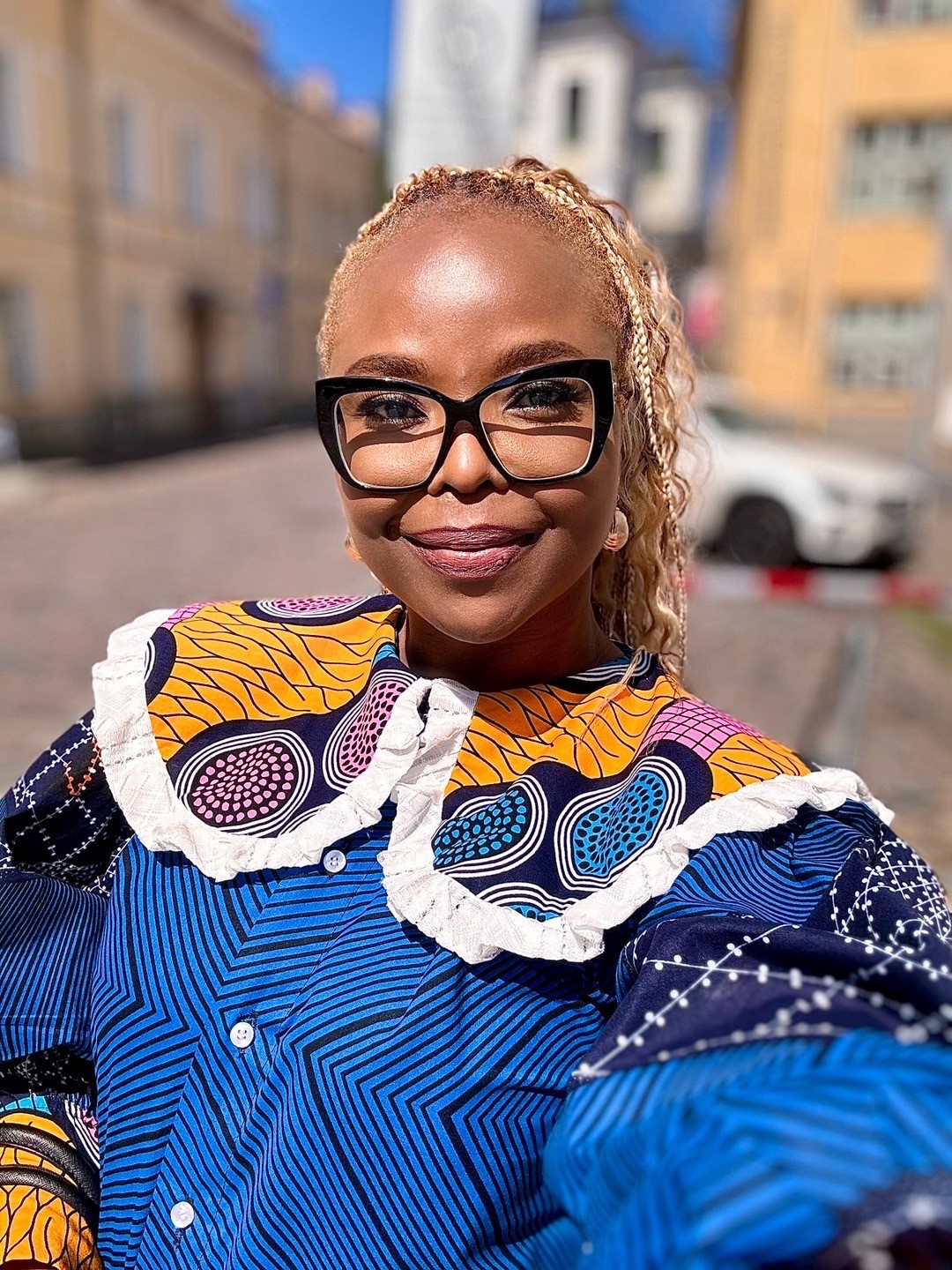
The Settle in Estonia Programme is a free educational programme provided by the Estonian state which is intended to help the foreigners who have arrived in Estonia to adapt and become accustomed to local life more easily. We offer courses for people who have come to live or study in Estonia and have lived here for less than 5 years. For example, war refugees to whom Estonia offers international or temporary protection, as well as people who have come to Estonia to work or do business here or relocate with their family member. The adaptation program The Settle in Estonia Programme is free for participants. We offer language training and other courses to help you cope with everyday life in Estonia. Read more and register: https://integratsioon.ee/en/kohanemine. The adaptation programme is co-funded by the European Union and the state budget.

